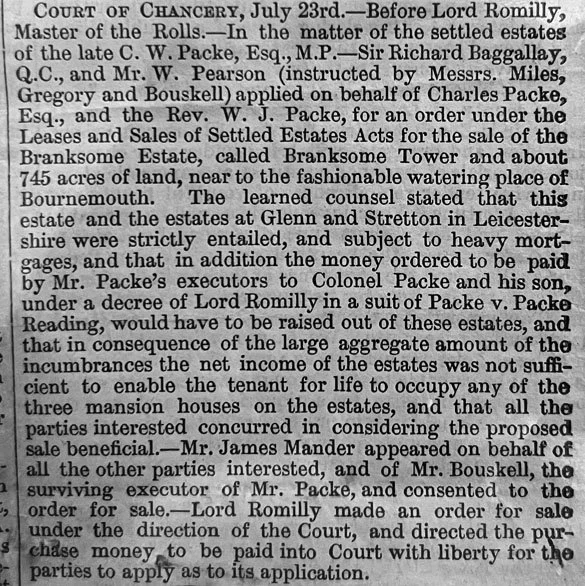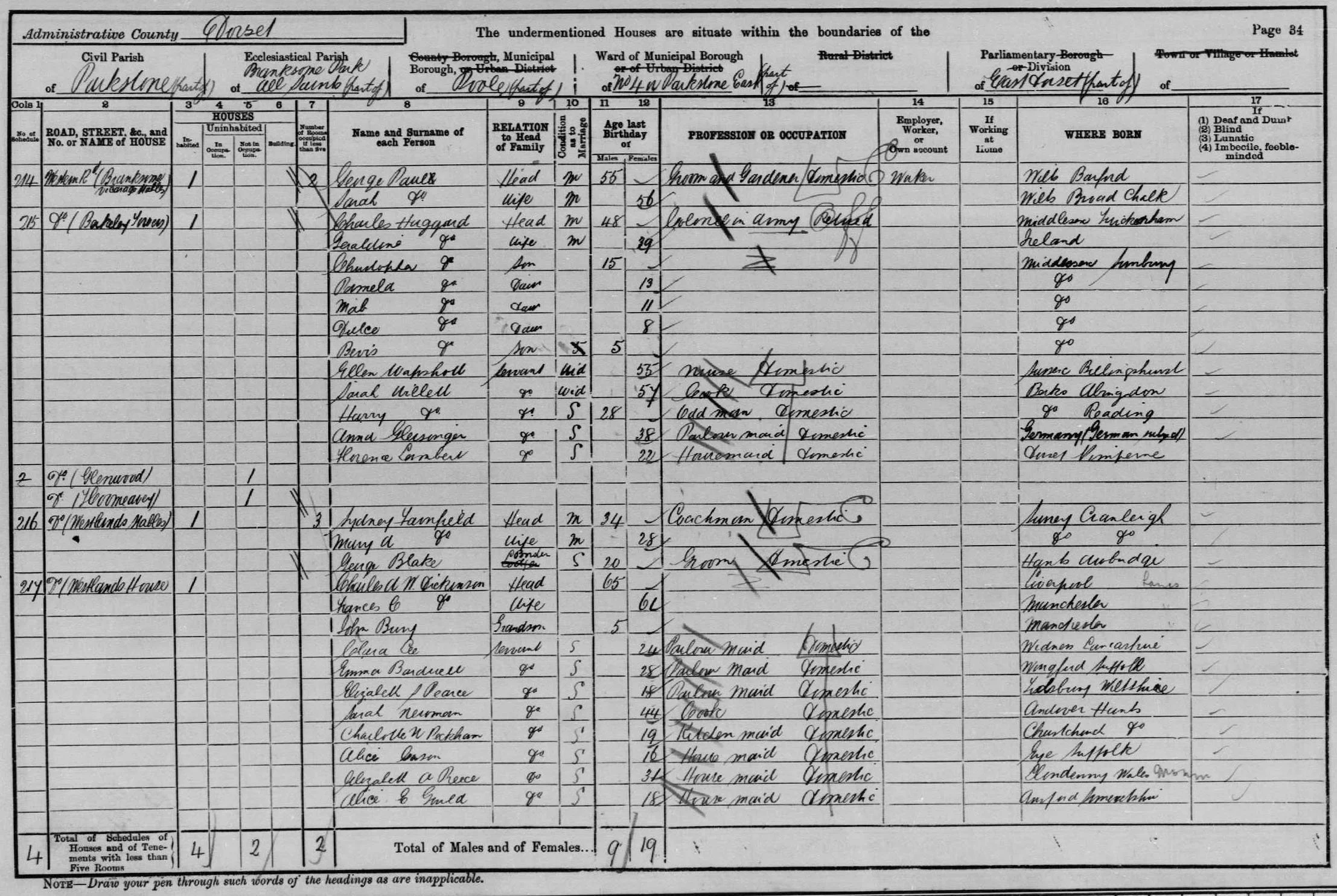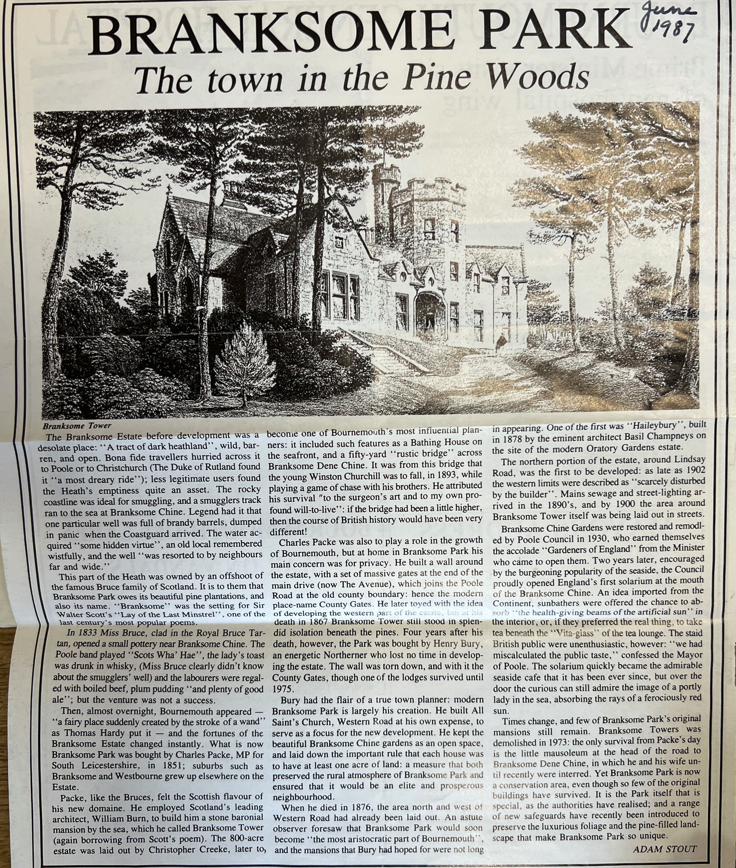Berkeley Towers: A Tale of Smugglers, Soldiers, and Society
Nestled in the heart of Branksome Park, Dorset, Berkeley Towers stands as a testament to Victorian grandeur. This magnificent seven-bedroom detached property, complete with turret and castellated features, enjoys a privileged position near Branksome Chine, accessible via a woodland walk that leads directly to the beach.
The property sits within an area of extraordinary natural beauty, where exotic trees, shrubs, and bulbs create a haven for wildlife. As former Poet Laureate John Betjeman once wrote about walking the Chine, it offered ‘resin scented air like strong Greek wine.’ The area has inspired numerous literary figures, including J.R.R. Tolkien, who spent his final years nearby.
Before Berkeley Towers emerged, the area played a fascinating role in local history. The rocky coastline at Branksome Chine proved ideal for smuggling, particularly during the eighteenth century. One of the most notorious smugglers, Thomas Gulliver, commanded a fifty-strong group nicknamed the ‘white wigs.’ His resourcefulness became legendary - he once had himself carried through Poole’s streets in a barrel and, on another occasion, feigned death by whitening his face with chalk while excise officers raided his hideout.
DE5047/28, C.1870 (Leicestershire Record Office)
The house first appeared in records in 1886 as ‘Glenwood,’ owned by Henry Vassall D’Esterre, a member of a prominent French Huguenot family who had settled in Ireland. D’Esterre’s time as owner coincided with his role as manager of London’s Elephant and Castle Theatre from 1888 to 1908, though his life would end tragically when he was shot by German forces near Belfort in 1914.
Commercial Gazette, 1886 (British Newspaper Archive)
In 1901, Berkeley Towers welcomed perhaps its most notable residents - Colonel Charles Haggard and his wife, Geraldine. As the son of Sir Henry Rider Haggard, author of ‘King Solomon’s Mines,’ Colonel Haggard brought literary connections to the property. The couple raised their six children here, supported by a staff of five servants, including a nurse for Geraldine during her pregnancy with their youngest son, Denis.
Census Returns of England and Wales, 1901 (The National Archives)
By 1921, the property became home to George and Mildred Ambler. George’s family had established the renowned Bradford company, Jeremiah Ambler & Sons Limited, in 1789, known for producing quality mohair from Angora Goats. Their mill, which still stands today as ‘Ambler Mill,’ represents an important piece of industrial heritage.
Electoral Register, 1921 (FindMyPast)
The property has witnessed significant changes in the surrounding area. The 750-acre estate was once surrounded by a huge wall, with massive gates at the end of a rhododendron-bordered drive. In the early twentieth century, these gates were manned by two custodians wearing top hats, white gloves, striped trousers, and green or yellow waistcoats - a practice that continued until 1957.
An 1892 sales booklet captured the essence of the area perfectly, describing Branksome Park as a place of ‘exquisite beauty’ that ‘cannot fail to have either a soothing influence upon the jaded mind, or an exhilarating effect upon the shattered nerve.’ The booklet noted the ‘gentle rippling of the water from the lakes, resplendent in summer with masses of flowering rhododendrons, the murmuring of the zephyr-like breezes, and the voice of the nightingale cuckoo.’
DE3909/ 2 8 PACKE VS PACKE, 1987 (Leicestershire Record Office)
Berkeley Towers
Today, Berkeley Towers stands as a testament to this enduring charm, its turrets and castellated features still catching the eye of passersby, while its grounds continue to offer that same sense of tranquility described over a century ago. Through its doors have passed theatre managers, military officers, industrial pioneers, and their families, each adding their own chapter to the rich tapestry of this remarkable home’s history.






